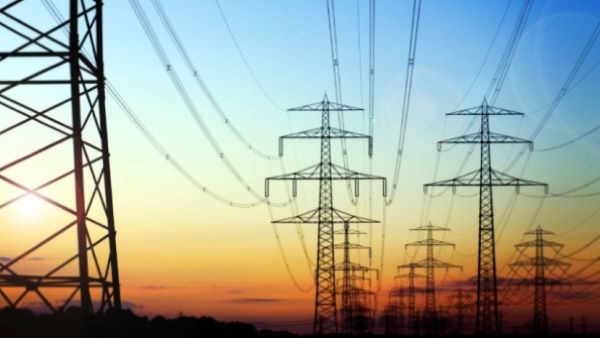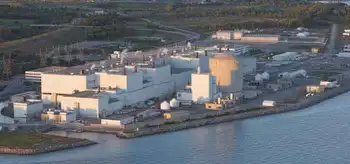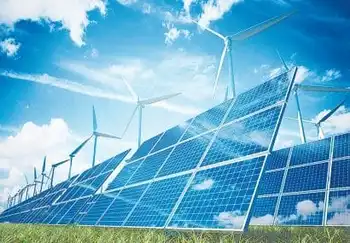U.S. wind sector urges tax credit, power line work
The production tax credit for alternative energy is set to expire at the end of the year. Industry leaders said the credit must be extended to avoid the "stops and starts" that have plagued the U.S. wind power industry, which relies on subsidies to make prices of renewable power competitive with other fuel, such as coal and natural gas.
The House of Representatives has approved an extension of the tax credit but the Senate has not agreed on how to pay for the subsidy.
Department of Energy Assistant Secretary Andy Karsner called the production tax credit policy a victim of a government "archaic scoring" that needs reform.
"We've got to get beyond this if we want to scale-up" the industry to take advantage of healthy wind resources, Karsner said at the opening day of Windpower 2008, the American Wind Energy Association's annual exhibit and conference in Houston.
U.S. tax credit policy needs to be more predictable and long-lasting and must not favor one alternate resource above others, Karsner said.
Building adequate transmission lines to move power from wind production zones in the sparsely populated mid-section of the nation to large cities is another obstacle outside the control of wind developers and turbine manufacturers.
Many proposals involve constructing hundreds of miles of high-voltage power lines that cross state borders as well as utility and reliability agency boundaries, requiring numerous regulatory approvals.
"We need a consistent roadmap to build transmission," said Hunter Armistead of Babcock & Brown LP.
Vic Abate, vice president of GE Energy Renewables, said as many as 40,000 new turbines could be needed to meet the ambitious 20 percent wind targets seen in Europe and the U.S.
Maintaining quality control will be a "key long-term challenge," Abate said as manufacturing capacity dramatically expands, putting pressure on turbine makers to improve equipment reliability, before and after installation.
Recognizing that renewable power may be more expensive than conventional electricity because of its intermittent nature is another major challenge for the industry moving forward, said Michael O'Sullivan, senior vice president for FPL Energy LLC, a unit of FPL Group, the largest operator of U.S. wind farms.
"If people want renewables, they have to decide to pay for it," O'Sullivan said. "Renewables are not cheap."
Related News

TransAlta Poised to Finalize Alberta Data Centre Agreement in 2025
CALGARY - TransAlta Corp., one of Alberta’s leading power producers, is moving toward finalizing agreements with partners to establish a data centre in the province, aiming to have definitive contracts signed before the end of the year.
CEO John Kousinioris stated during an analyst conference that the company seeks to secure exclusivity with key partners by mid-year, with detailed design plans and final agreements expected by late 2025. Once the contracts are signed, the data centre is anticipated to be operational within 18 to 24 months.
Data centres, which are critical for high-tech industries such as artificial intelligence, consume large…





